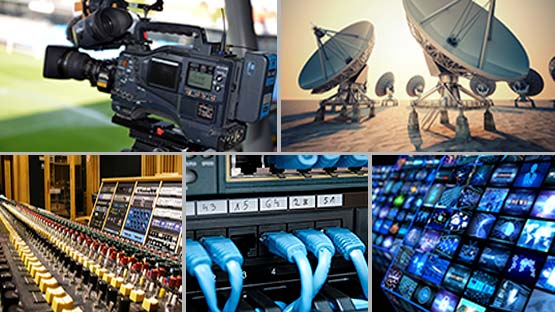
In order to meet up the challenges of Broadcast
and Telecast industries, students need to learn about different types of audio
video systems and their properties as well as need to learn about different
broadcast technologies which are widely used and also have emerging demand in
future. These will help them to analyze numerous problems regarding Broadcast
Equipment and Systems in their job field.
- Teacher: Md. Zahirul Islam
